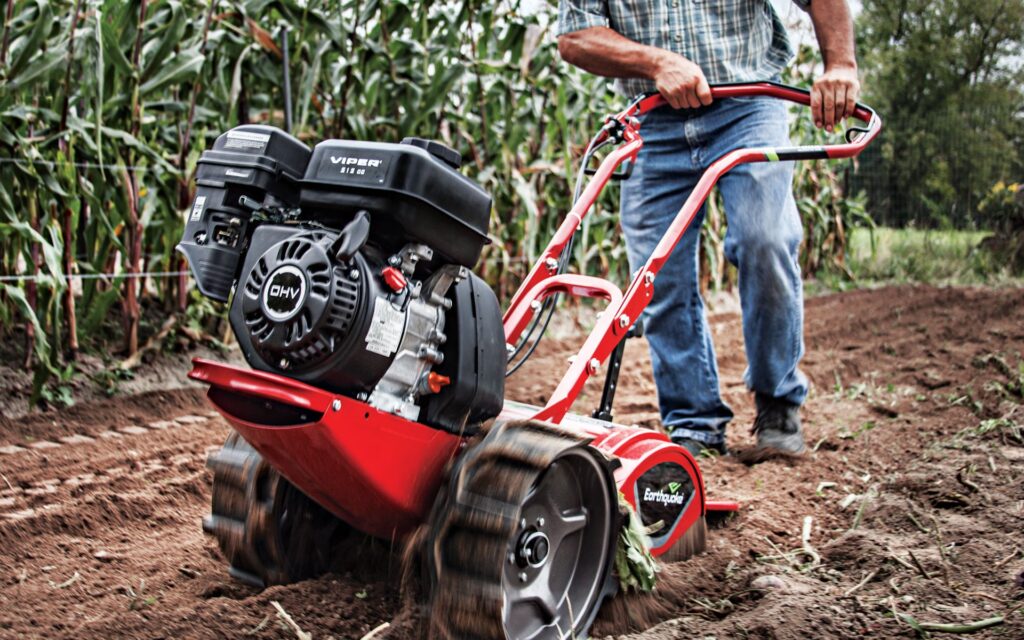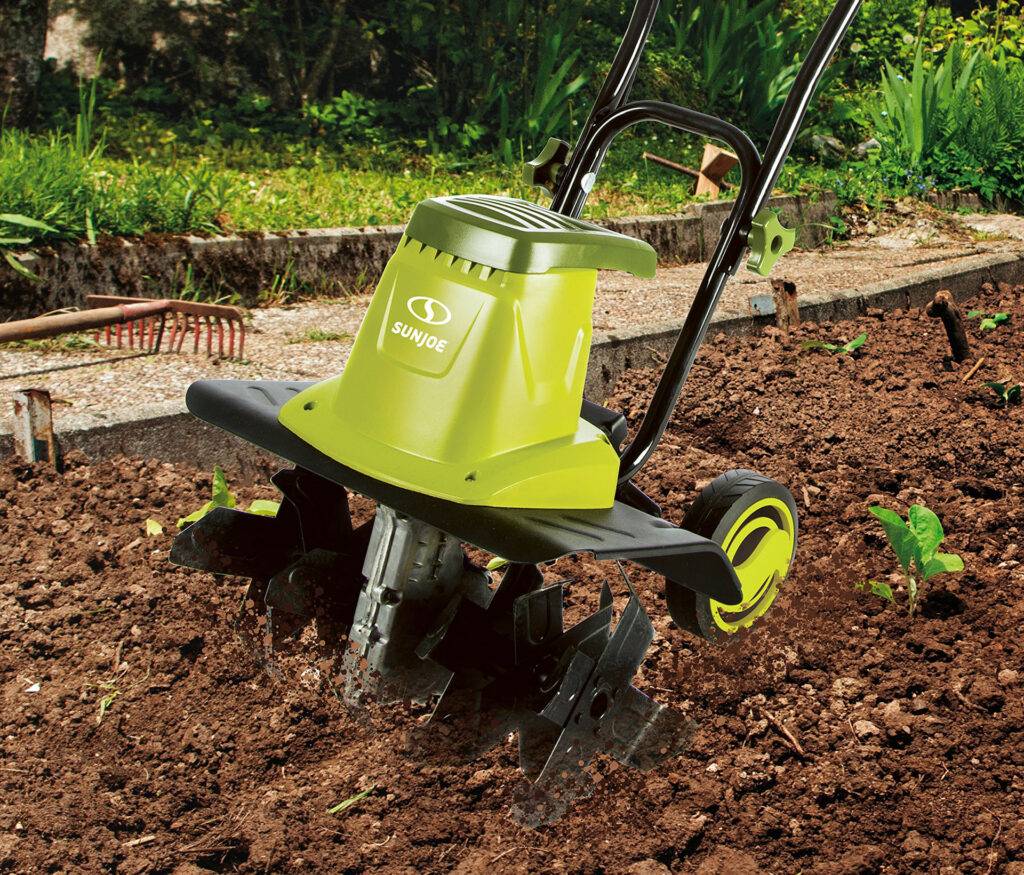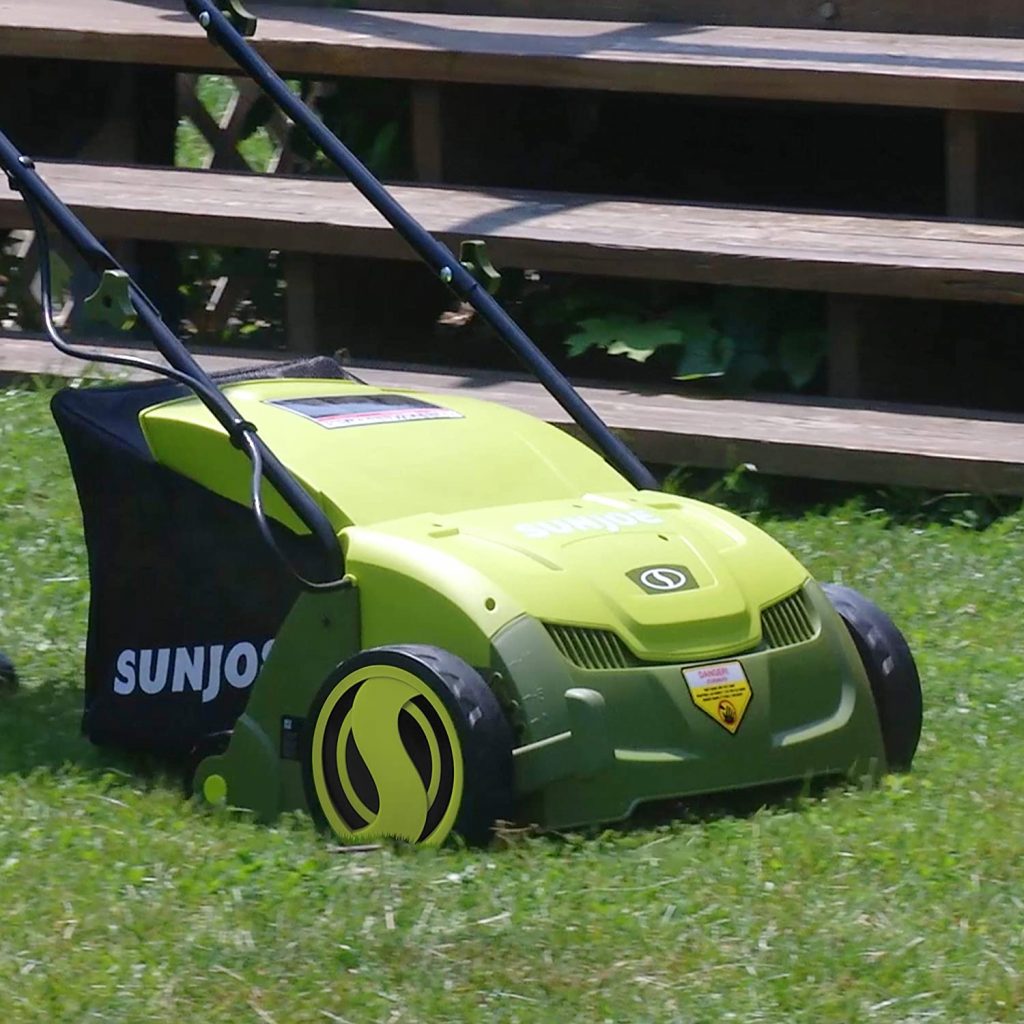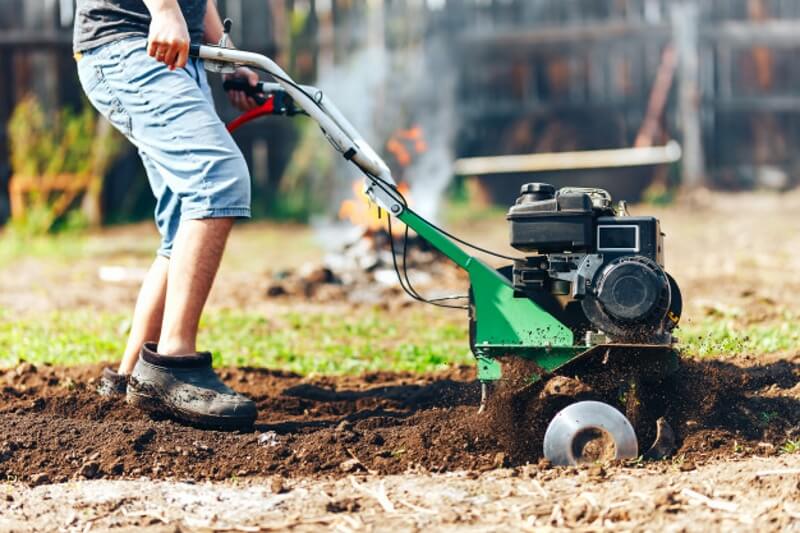
Plowing, tilling, cultivating, aerating – this all stuff you do to your garden, but not many people know enough to distinguish them from each other. Even more confusing is the difference between the equipment used.
When you’re talking about cultivators vs. tillers, you’re talking about two very different kinds of machines used in soil preparation. Both are forms of cultivation, but the depth of soil affected and purpose achieved makes all the difference.
The truth is, there are many kinds of soil improvement processes that are carried out to enhance soil quality and hopefully increase yields. Even no-tilling is a form of soil improvement known as regenerative agriculture Trusted Source A Different Kind of Land Management: Let the Cows Stomp - The New York Times Magazine Regenerative grazing can store more carbon in soils in the form of roots and other plant tissues. But how much can it really help the fight against climate change? www.nytimes.com .
Tilling and cultivation just happen to be the two main activities you’re likely to be doing this or next season before you plant, and it just so happens that you do that with a tiller and cultivator.
The two different machines go about the job of turning over the soil differently, and every avid gardener should know the difference between a tiller and a cultivator so that they can do right by their garden.
A cultivator is a powered implement used to break up and mix the top layer of soil on an already existing garden. The machine gets its name from the act of cultivating, which means breaking up the top few inches of soil to soften it.
A cultivator actually has three main jobs:
In other words, a cultivator is used for improving and maintaining the condition of your garden’s soil. They come in many sizes, from large tractor-pulled implements to small units you can push along by hand. Many come with depth adjustments so that you can control exactly how deep you need the tines to go.
Cultivating is generally not hard work, so cultivators tend to be smaller and lighter. In fact, cultivators can even be powered by small electric motors such as the Sun Joe TJ599E Aardvark.
The Aardvark can dig up to 6” deep and cut a swath 6.3” wide, thanks to its 2.5Amp motor. However, you can choose more powerful motors as needed.
There’s a big difference between tractor disc cultivators and tillers, however, because the former tend to be more heavy-duty and are used for both tilling and cultivation.
To use a cultivator properly, you need to keep in mind the limitations of a cultivator and the goals you’re trying to achieve. For example, if you are weeding between rows, you will need to set your cultivator to a lower depth to protect your plants.
When using a cultivator, you should also be very gentle and keep it away from rocks, dry clay soil, large tree roots, and other tough debris. You should not cultivate on wet soil as well because this only leads to further compaction.
It’s a good idea to lay about 3 inches of mulch or compost before cultivating. The cultivator will mix this up with the soil and help to improve it even further, allowing for your soil’s structure and biomass to improve after cultivation.
Preparing your garden using a cultivator allows you to be gentle enough to maintain its soil structure. Cultivators are tailored for this purpose while ensuring that the top layer of soil is thoroughly turned up and mixed.
Benefits of Using a Cultivator
Cons of Using a Cultivator
When you need to establish a new garden or need to dig deeper to transform the soil structure, that’s the time to upgrade from a cultivator to a tiller.
Tillers are large, powerful garden implements used to break up the soil to a depth of 8”-12”. You can think of tilling as deep cultivation that is usually done when you need to amend the soil structure.
Tilling is considered amending the soil because you disrupt the soil much more deeply than when you are simply cultivating. It disrupts the soil’s biomass including earthworms, bacteria, and other life forms, and sets it up to dry at its deeper layers.
In fact, there’s not a big difference between a tractor cultivator vs a tiller except that the latter is handheld and self-powered while tractor cultivators run off the power take-off shaft of a tractor.
Expert gardeners consider tilling to be necessary only when you need to break down deep compacted soils or when establishing a new garden. Plants don’t do well in compact soils because their tender roots are unable to penetrate, so tilling is also done every few years to “reset” the soil structure.
To accomplish this hard job, tillers are built to have powerful engines, hardened and heavy-duty tines, and larger wheels to offer better control to the equipment. They are designed and built differently to achieve different objectives in the garden.
While cultivators usually tend to be front-tine with front rotation, tillers can be either front tine or rear tine. Both types have different characteristics and can be designed to rotate in different ways.
Front-tine tillers have their blades in front of the wheels. They are typically smaller and less powerful but are built to be highly maneuverable and faster. Front-tine tillers are perfect for navigating between rows of garden plants, but they are also useful when you want to plow in compost or organic fertilizer.
One of the best front tine tillers is the Yardmax YT5328, a compact tiller making 98cc of power, 180 RPM, and tilling depths of up to 11”. It can till a width of 11”, 16”, or 21,” which makes it the perfect medium-sized tiller for residential use.
Rear-tine tillers have their blades (tines) placed at the back of the machine, just behind the wheels. This allows them to be more stable and to dig deeper, which is why rear-tine tillers are generally designed to be larger and more powerful. They can also work larger gardens and handle hard soils better compared to front-line tillers.
The rear placement of the tines allows these tillers to be much more versatile. They can have their tines rotating towards the front or rear, or even counter to each other.
While tillers (or rototillers as they are called) are usually gas-powered, there also powerful electric versions. One such electric rototiller is the Sun Joe TJ603E, which is actually a 12Amp all-in-one tiller and cultivator.
The Sun Joe TJ603E is designed to reach depths of up to 8 inches and widths of 16 inches and rotates at 340 RPM to pulverize soil in its wake. It also has a 3-position wheel adjustment for depth control; all things considered; this is the perfect hybrid cultivator/tiller.
Using a garden tiller is pretty much the same as using a cultivator, with the exception that you will be dealing with a much larger and more powerful implement. Be sure to follow these guidelines about using your garden tiller:
When you need to till your garden deep and turn over the soil thoroughly, a rototiller is the right implement for the job. Rototillers are the big guns, especially rear tine tillers. They break up even the most compact ground and make it so that plant roots can go deeper to seek water and nutrients.
The pros of using a tiller for this work include:
At the end of the day, none between tillers and cultivators is better than the other. Both types of garden equipment are designed for different purposes and do their jobs pretty well.
The debate between rototillers vs cultivators is like trying to decide between a whisk and a blender. You can have one instead of the other, but they won’t do each other’s job as well.
In the same way, cultivators aren’t strong enough to till, and tillers will mess up any cultivating job they are given. You are better off having both a cultivator and a tiller if your garden warrants it. However, if we absolutely had to choose, then picking one of these top garden tillers with adjustable depth settings could help do both jobs without having to buy separate equipment.
Now that you know what the deal is in this debate between rototillers vs cultivators, you can stop using those terms interchangeably. Tillers are technically designed for deep cultivation, while cultivators only perform soil preparation on its top layer.
It’s more appropriate to try to decide between disc cultivators vs tillers when preparing a garden for the first time. At the end of the day, tilling and cultivation is up to you so long as you pick the right equipment for the job.
Manufacturers have been trying to bridge the gap between tillers and cultivators, with affordable equipment such as the Sun Joe TJ603E doing both jobs pretty well.
Another one by the same company, the Sun Joe TJ599E is our most recommended cultivator because it cultivates up to 6” deep and yet weighs only 9.9 pounds. At the end of the day, the heart of the matter lies not in the equipment used but, in the objectives, achieved. “To till or not to till,” that’s the important question here.





